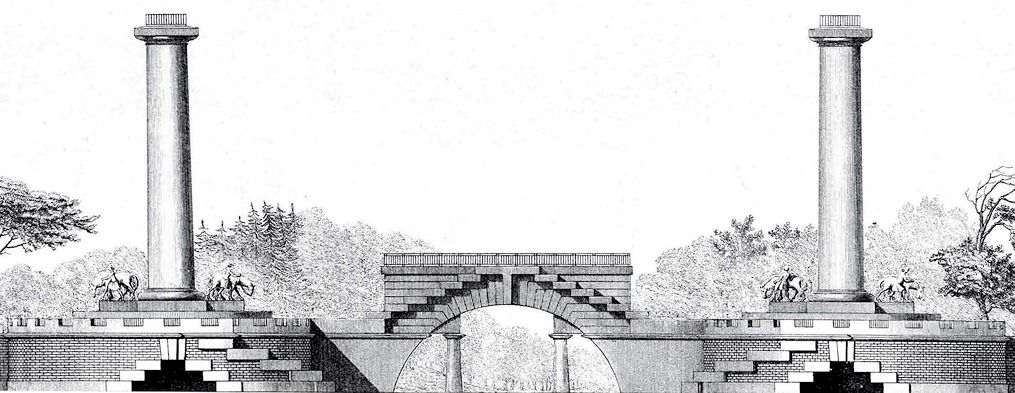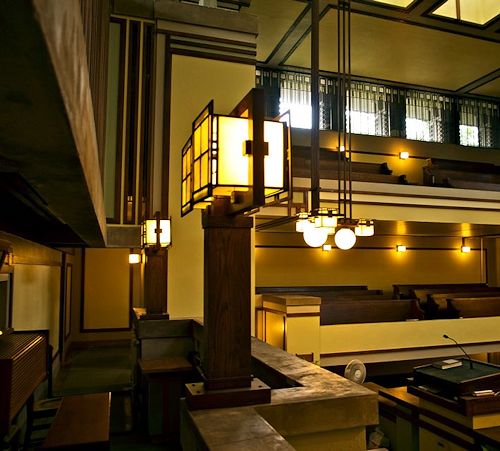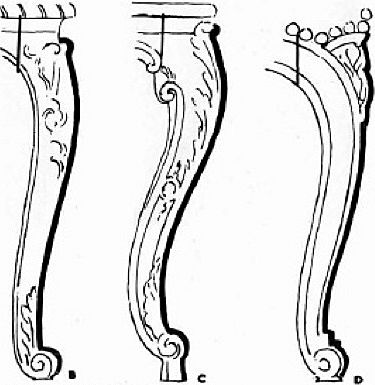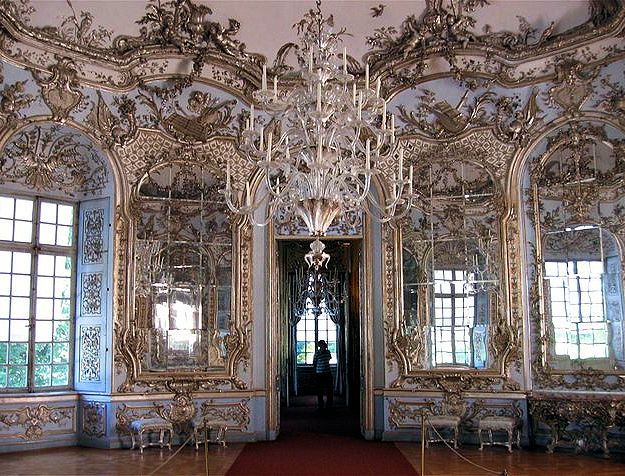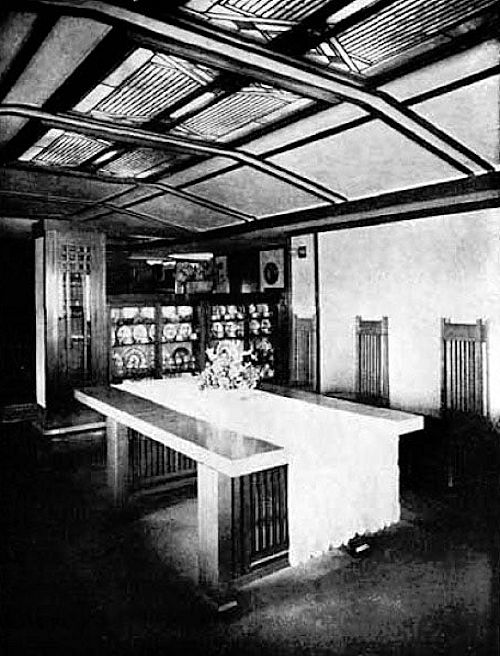history | not an easy book |
|
|
The arched shape of the opening of Ledoux's entrance at Bourneville spans two kinds of structure (corbeled and arched) and two kinds of material (rusticated masonry at the top and smooth masonry at the bottom). Similar contradictions occur in Rococo furniture. Cabriole legs disguise the joint and express continuity in their shape and ornament. The continuous grooves common to the leg and the seat-frame imply a continuity beyond inflection which is somewhat contradictory to the material and the structural relationship of these separate frame elements. The ubiquitous rocaille is another ornamental device for expressive continuity common to the architecture and furniture of the Rococo.
|
Some of Wright's early interiors parallel in the motif of the wood strip the rocaille-filled interiors of the Rococo. In Unity Temple and the Evans House these strips are used on the furniture, walls, ceilings, light fixtures, and window mullions, and the pattern is repeated on the rugs. As in the Rococo, a continuous motif is used to achieve a strong whole expressive of what Wright called plasticity. He employed a method of implied continuity for valid expressive reasons, and in ironic contradiction to his dogma of the nature of materials and his expressed hatred of the Rococo.
|
www.quondam.com/45/4508g.htm | Quondam © 2020.04.18 |
